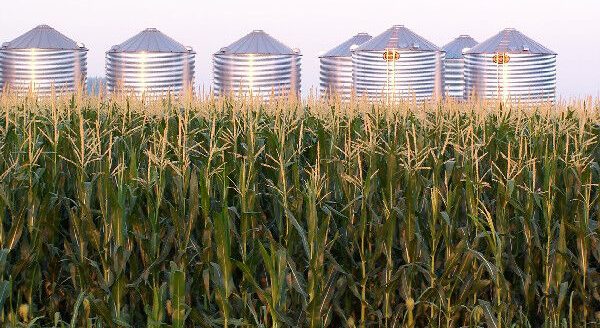As we head into the last two months of 2021, and look forward into 2022, there continue to be many unanswered questions for the grain markets.
Did the extreme heat during July and parched soils lower the United States corn crop even lower than trade is currently realizing? Did the beneficial August rains create a record yield for U.S. soybeans? With corn input prices so high, how many acres will get switched to soybeans in the spring? Wheat prices are strong, how many new acres of wheat will be planted in the U.S. this coming crop year?
All of these important questions are keeping grain prices in limited trading ranges. Right now, fundamentally, wheat is the leader of the grain complex, corn is in second place, with soybeans now the follower in terms of friendliness.
In the big picture, the grain markets have underlying price support due to smaller supplies in the U.S. and around the world. The demand remains strong. What can we expect for prices for the remainder of 2021?
Corn
Ending corn stocks for the 2020-21 season are still substantially lower than a year ago. One year ago, the trade was battling the notion of 2.5 billion bushels of corn carryout and $3 a bushel corn. Ending stocks for the 2020-21 season are currently half that, with the most recent U.S. Department of Agriculture’s report pegging supplies at 1.236 billion bushels. Corn carryout is pegged at 1.5 billion bushels for the 2021-22 crop year. As long as corn carryout for the 2021-22 crop year does not get larger than 1.5 billion bushels, we may see $5-a-bushel corn futures stick around for awhile.
With ending stocks for the 2020-21 season so tight that is keeping the corn futures price supported and basis levels strong. Also strong is the December 2022 futures contracts. Why? Because with extremely expensive input costs, the market is fearful that farmers will plant less corn acres in the spring. Many producers have told us that their cost of production for next year will be closer to $4.75 to $5 a bushel. December 2022 futures are trying to entice acres with prices slowly inching higher.
Soybeans
Soybean futures have been trending lower since mid-summer. The August rains were beneficial; with farmers telling us that their local yields have been coming in on the higher side. Ending stocks have been increasing on each USDA report since summer. Note that ending stocks for the 2021-22 crop went from 140 million bushels up to 155 million bushels in June. The USDA kept ending stocks at 155 million bushels in July and August, which kept November 2021 soybean futures prices in a sideways price pattern. The September report saw ending stocks notch higher to 185 million bushels, and soybean futures prices drifted lower in response. Then fast forward to the October USDA report and ending stocks for the 2021-22 crop year ballooned to 320 million bushels, which sent soybean prices spiraling lower.
Looking ahead, the market needs to see strong export demand to keep prices above the $12-a-bushel level. The market is already assuming there will be an increase in yield and likely ending stocks for the November USDA report. And because of this notion, any recent rally is kept in check due to the idea of ample supplies.
Looking ahead to next year—much depends on South American weather during the heart of their growing season in January and February. If the La Nina conditions occur, that will bring hot and dry weather to South America and could justify higher prices in January or February. However, if their growing season has timely rains, South America has the potential to produce a record crop. The trade seems to be holding on to the scenario of possible record South American production, along with the current perception that many U.S. farmers may plant higher soybean acres in the spring due to high input prices, which would lead to higher endings stocks both in the U.S. and world.
Wheat
After finally working through the global glut of wheat supplies from previous years, wheat inventories are now on the opposite side of the spectrum with tight ending stocks—in the U.S. and around the world. The demand has remained strong. Enough countries around the world this summer had production issues, which is the reason that ending stocks are now tight.
Ending stocks in the U.S. for the 2021-22 growing season are pegged at 580 million bushels, nearly half from just a few years ago. Each category of wheat production is facing tight supplies. While there may be an increase of acres this year, now concerns rise regarding fertilizer availability, and what that may do to final yields if less fertilizer is applied. In addition, the northern Plains are not out of drought at this time, and they could be facing another growing season of limited precipitation. Wheat prices will likely stay firm into year end.
Looking ahead, the trade will continue to monitor the value of the U.S. dollar, U.S. demand for corn and soybean exports, biofuels and feed, and South American weather. Just remember, if the perception is ending stocks are growing, grain prices will continue to slide lower. However, if perception is that ending stocks are starting to again get tighter, that will be supportive for prices going forward.
Editor’s note: Naomi Blohm is a marketing advisor with Total Farm Marketing by Stewart-Marketing and she is a regular contributor to the Iowa PBS series “Market to Market.” She can be reached at [email protected].




